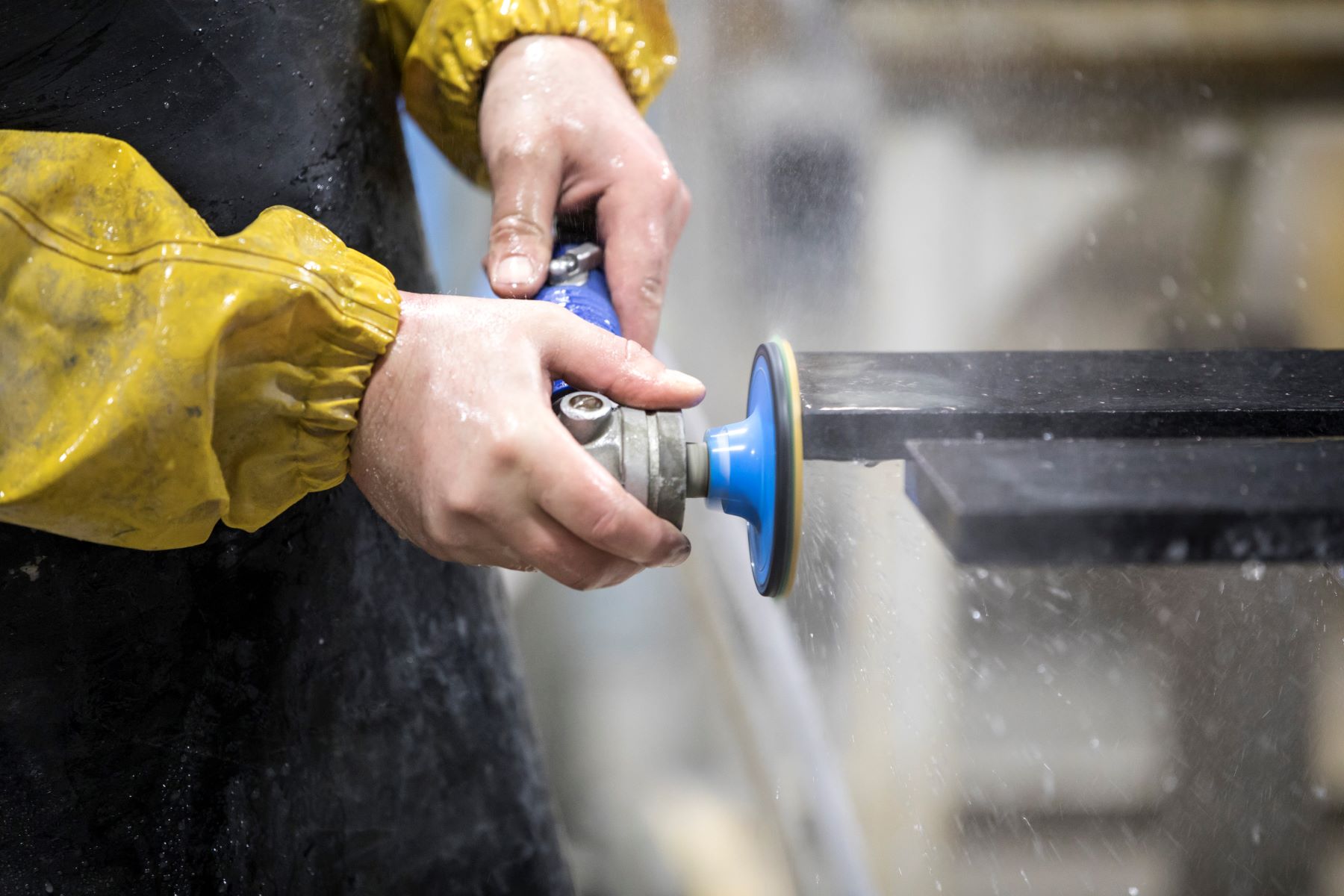

Articles
How To Polish Your Granite Countertops
Modified: January 18, 2024
Learn valuable tips and techniques on how to polish your granite countertops with our informative articles. Enhance the shine and beauty of your kitchen surfaces effortlessly.
(Many of the links in this article redirect to a specific reviewed product. Your purchase of these products through affiliate links helps to generate commission for Storables.com, at no extra cost. Learn more)
Introduction
Welcome to the ultimate guide on how to polish your granite countertops. Granite countertops are a popular choice for kitchens and bathrooms due to their durability, beauty, and timeless appeal. However, over time, these countertops can start to lose their shine and luster, making your entire space look dull and lackluster.
But fear not, because with the right tools, materials, and techniques, you can restore the natural beauty of your granite countertops and make them look brand new again. In this comprehensive guide, we will walk you through the process of polishing your granite countertops, step by step.
Before we dive into the nitty-gritty of the polishing process, let’s take a moment to understand what granite countertops are and why polishing is important.
Granite is a natural stone that is formed through intense heat and pressure deep within the Earth’s crust. It is composed mainly of quartz, feldspar, and other minerals, which give it its unique and mesmerizing patterns and colors. Granite is known for its durability and resistance to heat, scratches, and stains, which makes it an ideal material for countertops.
However, despite its natural resilience, granite countertops are not impervious to wear and tear. Over time, the surface of your granite countertops can become dull and porous due to exposure to harsh cleaning chemicals, acidic substances, and general daily use.
That’s where polishing comes in. Polishing your granite countertops helps to restore the smooth, glossy finish and enhance their natural beauty. It also helps to seal the pores on the surface, making it more resistant to staining and easier to clean.
Now that we understand the importance of polishing, let’s gather the materials and tools you’ll need to get started.
Key Takeaways:
- Polishing your granite countertops not only restores their natural shine and luster but also seals the surface, making it more resistant to stains and easier to maintain. Regular maintenance will ensure their longevity and beauty for years to come.
- Proper preparation, cleaning, and the use of high-quality materials are essential for achieving a flawless and glossy finish when polishing granite countertops. Following the step-by-step guide and maintenance tips will help you enjoy the timeless elegance of your countertops.
Read more: How To Install Granite Countertops
Understanding Granite Countertops
Before diving into the process of polishing your granite countertops, it’s essential to have a basic understanding of this popular and versatile material.
Granite is a type of igneous rock that forms when molten magma solidifies beneath the Earth’s surface. It is composed mainly of quartz and feldspar, with small amounts of other minerals such as mica, amphiboles, and hornblende. These minerals give granite its unique colors, patterns, and variations, making each slab of granite one-of-a-kind.
Granite countertops are a popular choice for kitchens and bathrooms due to their durability and resistance to heat, scratches, and stains. It is a dense and compact material with a natural shine that adds elegance and beauty to any space.
One of the key advantages of granite countertops is their longevity. With proper care and maintenance, they can last for decades, making them a wise investment for your home.
Aside from their durability, granite countertops are also highly resistant to bacteria and mold growth. Granite is a non-porous material, meaning it does not absorb liquids and is easy to clean, making it a hygienic choice for food preparation areas.
Furthermore, granite offers a wide variety of colors and patterns, allowing you to find the perfect match for your aesthetic preferences. From subtle and uniform hues to bold and dramatic veining, there is a granite countertop to suit every style.
When it comes to maintenance, granite countertops require minimal effort. Regular cleaning with a mild soap and water solution is usually sufficient to keep them looking their best. However, over time, the surface of the granite can lose its shine and develop scratches and dull spots, which can be remedied through the process of polishing.
Now that we have a good understanding of granite countertops and their characteristics, let’s explore why polishing is important for maintaining their beauty and longevity.
Why Polishing is Important
Polishing your granite countertops is an essential step in their maintenance and upkeep. Here are a few key reasons why polishing is important:
Restoring the Natural Beauty: Over time, your granite countertops may lose their natural shine and luster due to daily wear and tear, exposure to harsh cleaning chemicals, and the accumulation of dirt and grime. Polishing helps to restore the glossy finish, bringing back the vibrant colors and patterns of the granite, making your countertops look brand new again.
Removing Scratches and Dull Spots: Daily use, abrasive cleaners, and sharp utensils can leave scratches and dull spots on the surface of your countertops. Polishing helps to smooth out these imperfections, making the surface appear smooth and flawless. It effectively hides minor scratches and creates a uniform finish, enhancing the overall appearance of your countertops.
Sealing the Surface: Granite is a porous material, which means it has tiny openings on its surface that can absorb liquids and stains. Polishing your countertops not only removes scratches and dullness but also helps to seal the surface, making it more resistant to spills and stains. The polished surface acts as a protective barrier against liquid penetration, making it easier to clean and maintain.
Enhancing Hygiene: Polishing your countertops not only improves their appearance but also promotes hygiene. The smooth surface of polished granite countertops is easier to clean and disinfect, making it less likely for bacteria, mold, and other harmful microorganisms to thrive. This is especially important in areas where food preparation takes place.
Prolonging the Lifespan: Granite countertops are known for their durability and long lifespan. Regular polishing helps to maintain the integrity of the stone, preventing damage and preserving its beauty for years to come. By investing time and effort into polishing, you can extend the life of your countertops and protect your initial investment.
Boosting Home Value: Well-maintained granite countertops can significantly enhance the value of your home. If you’re planning to sell your property in the future, polished countertops will make a positive impression on potential buyers, increasing the overall appeal and marketability of your home.
Now that we understand why polishing is important, let’s move on to the materials needed to polish granite countertops.
Materials Needed for Polishing
Before you begin the process of polishing your granite countertops, it is important to gather the necessary materials to ensure a successful and effective outcome. Here are the materials you will need:
- Diamond Polishing Pads: These are specialized pads with diamond particles embedded in them. They come in various grit sizes, ranging from coarse to fine, and are designed to gradually polish the surface of the granite, removing scratches and achieving a smooth and glossy finish.
- Polishing Compound: A polishing compound is a paste or cream that helps to enhance the shine and luster of the granite. It contains fine abrasive particles that work together with the polishing pads to remove any remaining scratches or imperfections.
- Water: Water is an important component in the polishing process. It helps to lubricate the surface of the granite and prevents overheating during the polishing process. Make sure you have a clean source of water nearby, such as a spray bottle or a small bucket.
- Protective Gear: When working with polishing compounds and diamond pads, it is important to protect yourself. Wear safety goggles to protect your eyes from flying debris, gloves to avoid any skin irritation, and a respirator mask if necessary to prevent inhalation of dust particles.
- Clean Microfiber Cloth or Towels: A clean microfiber cloth or towel is necessary for wiping away excess water, polishing compound, and achieving a streak-free finish. Make sure to choose soft, lint-free cloths to avoid scratching the surface of the granite.
- Polishing Machine or Handheld Polisher: Depending on the size of your countertop and your personal preference, you can either use a polishing machine with variable speed settings or a handheld polisher. Both options will work effectively to achieve a polished finish, so choose the one that you feel most comfortable using.
- Masking Tape: Masking tape can be used to protect adjacent surfaces, such as cabinets or walls, from accidental contact with the polishing pads or polishing compound. It creates a barrier and prevents any damage or staining during the polishing process.
- Granite Cleaner: Before you begin the polishing process, it is necessary to clean the surface of the granite countertops to remove any dirt, grease, or residue. Use a gentle granite cleaner or a mixture of mild soap and water to ensure a clean surface for polishing.
Gathering these materials will ensure that you have everything you need to successfully polish your granite countertops. Now that we have all the necessary tools and supplies, let’s move on to the step-by-step guide for polishing granite countertops.
Step-by-Step Guide to Polish Granite Countertops
Now that you have gathered all the necessary materials, it’s time to dive into the step-by-step process of polishing your granite countertops. Follow these instructions to achieve a beautiful, glossy finish:
- Prepare the Countertop: Start by clearing off the countertop, removing any items, appliances, or decorations. This will give you a clean and clutter-free surface to work on.
- Cleaning the Countertop: Before you start polishing, it is important to clean the surface of the granite countertops. Use a gentle granite cleaner or a mixture of mild soap and water to remove any dirt, grease, or residue. Dry the surface thoroughly with a clean towel.
- Applying the Polishing Pads: Attach the coarsest diamond polishing pad to either a polishing machine or handheld polisher. If using a machine, set it to the lowest speed setting. Start from one corner of the countertop and move the pad in circular motions, applying light to moderate pressure. Gradually work your way across the entire surface, overlapping the areas to ensure even polishing.
- Switching to Finer Pads: Once you have completed the initial pass with the coarse pad, switch to a finer grit pad. Repeat the same circular motion technique and work your way up to the finest grit pad. This step will help to gradually refine the surface and remove any scratches or imperfections.
- Applying Polishing Compound: After you have achieved the desired level of smoothness with the diamond polishing pads, it’s time to apply the polishing compound. Follow the instructions on the packaging to apply a small amount of polishing compound to the countertop.
- Buffing and Finishing Touches: Use a clean microfiber cloth or towel to buff the surface of the countertop, working in circular motions. The polishing compound will help to bring out the shine and luster of the granite. Continue buffing until you achieve the desired level of gloss.
- Cleaning and Inspecting: Once you have finished polishing, clean the countertop again to remove any residue or excess polishing compound. Inspect the surface closely to ensure that you have achieved a uniform finish with no visible scratches or dull spots. Touch up any areas if necessary.
- Sealing (optional): If you want to further protect your granite countertop, you can apply a granite sealer after the polishing process. Follow the instructions on the sealer packaging and allow it to dry completely before using the countertop.
By following these step-by-step instructions, you can successfully polish your granite countertops and restore their natural beauty. Remember to take your time, be patient, and always prioritize safety during the process.
Now that you have achieved a beautifully polished surface, let’s learn how to properly maintain it to ensure its longevity and continued brilliance.
Read more: How To Repurpose Granite Countertops
Preparing the Countertop
Before you begin polishing your granite countertops, it’s important to properly prepare the surface to ensure the best results. Follow these steps to prepare the countertop:
- Clear the Countertop: Remove any items, appliances, or decorations from the countertop. This will give you a clear workspace and prevent any obstruction or damage during the polishing process.
- Protect Adjacent Surfaces: Use masking tape to cover and protect adjacent surfaces, such as cabinets, walls, or appliances, that could potentially come into contact with the polishing pads or polishing compound. This will prevent accidental damage or staining during the polishing process.
- Create a Work Area: Set up a designated work area near the countertop for your polishing materials and tools. This will ensure that everything is easily accessible and organized, allowing for a smoother and more efficient polishing process.
- Ensure Adequate Ventilation: Polishing granite countertops can produce dust particles and fumes, so it’s important to ensure proper ventilation in your workspace. Open windows or doors, or use a fan or ventilation system to keep the air circulating and prevent any respiratory discomfort.
- Wear Protective Gear: Before you begin, put on safety goggles to protect your eyes from any debris or particles that may be generated during the polishing process. If necessary, wear gloves to protect your hands and a respirator mask to prevent inhalation of dust particles, especially if you have a sensitivity or respiratory condition.
By properly preparing the countertop and your workspace, you can create a safe and optimal environment for the polishing process. This will help ensure that you achieve the best results and protect both the countertop and surrounding surfaces.
Now that you have prepared the countertop, it’s time to move on to the next step: cleaning the countertop.
Use a soft, microfiber cloth and a pH-neutral cleaner to polish your granite countertops. Avoid using abrasive cleaners or sponges to prevent scratching the surface.
Cleaning the Countertop
Before you begin the polishing process, it is crucial to thoroughly clean the surface of your granite countertop. Cleaning helps remove any dirt, grease, or residue, allowing for a smooth and effective polishing process. Follow these steps to clean your countertop:
- Clear the Countertop: Remove any loose items, utensils, or debris from the countertop surface.
- Dust and Wipe Down: Use a dry, clean cloth or paper towel to dust off the countertop and wipe away any loose dirt or crumbs.
- Mix a Gentle Cleaning Solution: In a spray bottle or small bucket, mix a solution of mild dish soap and warm water. Avoid using harsh or abrasive cleaners, as they can damage the granite surface.
- Spray and Wipe: Spray the cleaning solution onto the countertop surface, covering the entire area. Use a soft, non-abrasive sponge or cloth to gently scrub the surface and remove any stains or built-up grime.
- Rinse Thoroughly: Once you have cleaned the countertop, rinse it thoroughly with clean water to remove any soap residue. Be sure to rinse the sponge or cloth as well to avoid transferring any soap residue back onto the countertop.
- Dry Completely: Use a clean, lint-free cloth or paper towel to dry the countertop thoroughly. Avoid leaving any standing water on the surface, as it can leave water spots or streaks.
By following these cleaning steps, you can ensure that your granite countertop is free from dirt, grease, and residue, providing a clean and smooth surface for the polishing process.
Now that your countertop is clean, it’s time to move on to the next step: applying the polish.
Applying the Polish
Once your granite countertop is clean and dry, it’s time to apply the polish. The polish will enhance the shine and luster of the granite, bringing out its natural beauty. Follow these steps to apply the polish:
- Choose the Right Polish: Select a high-quality granite polish that is specifically designed for use on natural stone surfaces. Read the instructions on the polish packaging to ensure that it is suitable for your type of granite.
- Apply a Small Amount of Polish: Take a clean, soft cloth or applicator pad and apply a small amount of the polish to it. Start with a small section of the countertop to test the polish and determine the desired outcome.
- Spread the Polish: Gently spread the polish onto the countertop surface, using circular motions. Ensure an even coverage and be careful not to apply too much polish, as it can leave a sticky residue.
- Work in Sections: Divide the countertop into manageable sections to ensure that the polish is applied evenly and thoroughly. This will help prevent the polish from drying out before you have a chance to buff it.
- Buff the Polish: Using a clean, dry cloth or a buffing pad, buff the polish onto the countertop surface. Work in small circular motions, applying light pressure. This will help distribute the polish evenly and bring out the shine of the granite.
- Continue in Sections: Move onto the next section of the countertop, applying polish and buffing in the same manner. Repeat this process until the entire countertop is polished.
Remember to follow the manufacturer’s instructions for the specific polish you are using, as different products may have slight variations in application and buffing techniques.
After applying the polish, take a step back and admire the renewed shine and luster of your granite countertop. However, the process doesn’t end here. The final step is to buff and add finishing touches, which we will cover in the next section.
Buffing and Finishing Touches
Once you have applied the polish to your granite countertop, it’s time to give it the final touches to achieve a glossy and flawless finish. The buffing process will help to enhance the shine and smooth out any imperfections. Follow these steps to buff and add finishing touches to your countertop:
- Select a Clean Microfiber Cloth: Choose a soft, clean, and lint-free microfiber cloth specifically designed for cleaning and polishing surfaces. Avoid using rough or abrasive materials that can scratch the granite.
- Buff the Countertop: Begin buffing the countertop in small circular motions, applying gentle pressure. Start at one end and work your way across the entire surface. Buffing helps to distribute the polish efficiently and achieve a consistent shine.
- Go over Difficult Areas: Pay extra attention to areas that may have a buildup of polish or seem dull. Spend more time buffing those areas to ensure an even finish.
- Inspect for Imperfections: After buffing, inspect the countertop closely to identify any remaining imperfections, such as scratches or dull patches. If necessary, apply a small amount of polish to those areas and buff again to even out the finish.
- Wipe away Excess Polish: Use a clean part of the microfiber cloth or a separate cloth to wipe away any excess polish. This will help eliminate streaks or residue, leaving a streak-free and flawless surface.
- Admire the Results: Step back and admire the beautiful glossy finish you have achieved on your granite countertop. Enjoy the renewed shine and luster that will bring a touch of elegance to your kitchen or bathroom.
Take your time during the buffing process, paying attention to detail and ensuring a consistent and smooth finish. A well-buffed countertop will not only look stunning but also be easier to clean and maintain in the long run.
Now that your granite countertop is polished and buffed to perfection, it’s essential to understand how to properly maintain the polished surface. In the next section, we will explore tips for maintaining your granite countertops.
Read more: How Durable Is Granite Countertops
Maintaining the Polished Surface
Now that you have successfully polished your granite countertop, it’s important to take proper care of the polished surface to preserve its beauty and longevity. By following these maintenance tips, you can ensure that your countertop remains in pristine condition:
- Clean Regularly: Clean your countertop regularly using a gentle granite cleaner or a mixture of mild dish soap and warm water. Avoid using abrasive or acidic cleaners that can dull the surface or cause damage.
- Wipe Up Spills Immediately: Spills should be wiped up promptly to avoid potential staining. Even though your polished countertop is more resistant to stains, acidic substances like citrus juices or vinegar can still cause damage if left for extended periods.
- Avoid Harsh Chemicals: Avoid using harsh chemicals, acidic solutions, or abrasive cleaners on your countertop. These can erode the finish, causing the surface to become dull and potentially damaging the sealant, leading to staining and etching.
- Use Cutting Boards and Trivets: Protect your countertop from scratches and heat damage by always using cutting boards for chopping and trivets or hot pads for placing hot pots and pans. This will prevent direct contact between the countertop and potentially damaging objects.
- Be Mindful of Sharp Objects: Avoid dragging or sliding sharp objects, such as knives or heavy pots, directly on the countertop surface. This can cause scratches, which may require professional repair to remove.
- Re-Seal Periodically: Depending on the type of granite and the sealant used, your countertop may require re-sealing every 1 to 3 years. Follow the manufacturer’s instructions for the specific sealant and ensure that your countertop remains adequately protected.
- Regularly Inspect for Damage: Take the time to inspect your countertop regularly for any signs of damage, such as cracks, chips, or etching. Address any issues promptly to prevent further damage and maintain the appearance of your countertop.
- Consider Professional Maintenance: If your countertop experiences deep scratches, significant dullness, or other severe damage, it is advisable to seek professional assistance to restore its appearance. Professional stone restoration experts have the skills and equipment needed to address more substantial issues and bring back the natural beauty of your granite countertop.
By following these maintenance tips, you can ensure that your polished granite countertop retains its shine, resilience, and overall beauty for many years to come. Regular care and attention will help prolong the life of your countertop and maintain its impressive aesthetic appeal.
Congratulations! You have now learned how to polish your granite countertop and how to properly maintain its polished surface. By following this guide, you can enjoy the timeless elegance and durability that granite countertops bring to your home for years to come.
Thank you for joining us on this polishing journey, and we hope you find success in revitalizing your granite countertops!
Conclusion
Congratulations on completing this comprehensive guide on how to polish your granite countertops! By following the step-by-step instructions and implementing the tips provided, you now have the knowledge and tools to bring back the shine and beauty of your granite surfaces.
Granite countertops are a popular choice for their durability, beauty, and timeless appeal. However, over time, they can lose their luster and develop scratches or dull spots. Polishing your countertops not only restores their natural shine but also helps to seal the surface, making it more resistant to stains and easier to maintain.
Throughout this guide, we covered important aspects such as understanding granite countertops, why polishing is important, the materials needed for polishing, and the step-by-step process of polishing your countertops. We also explored the necessary preparations, cleaning techniques, and finishing touches to achieve a flawless and glossy finish.
Remember, maintaining your polished granite countertop is just as important as the polishing process itself. Regular cleaning, avoiding harsh chemicals, using cutting boards and trivets, and periodic re-sealing will help preserve the beauty and longevity of your countertop for years to come.
If your granite countertop experiences deep scratches or severe damage, it is advisable to seek professional assistance for restoration. Professional stone restoration experts have the expertise and equipment needed to address more substantial issues and ensure the long-term beauty and integrity of your countertop.
Thank you for joining us on this polishing journey. We hope you found this guide helpful and informative. Now, go ahead and enjoy the renewed shine and elegance of your polished granite countertops!
Frequently Asked Questions about How To Polish Your Granite Countertops
Was this page helpful?
At Storables.com, we guarantee accurate and reliable information. Our content, validated by Expert Board Contributors, is crafted following stringent Editorial Policies. We're committed to providing you with well-researched, expert-backed insights for all your informational needs.
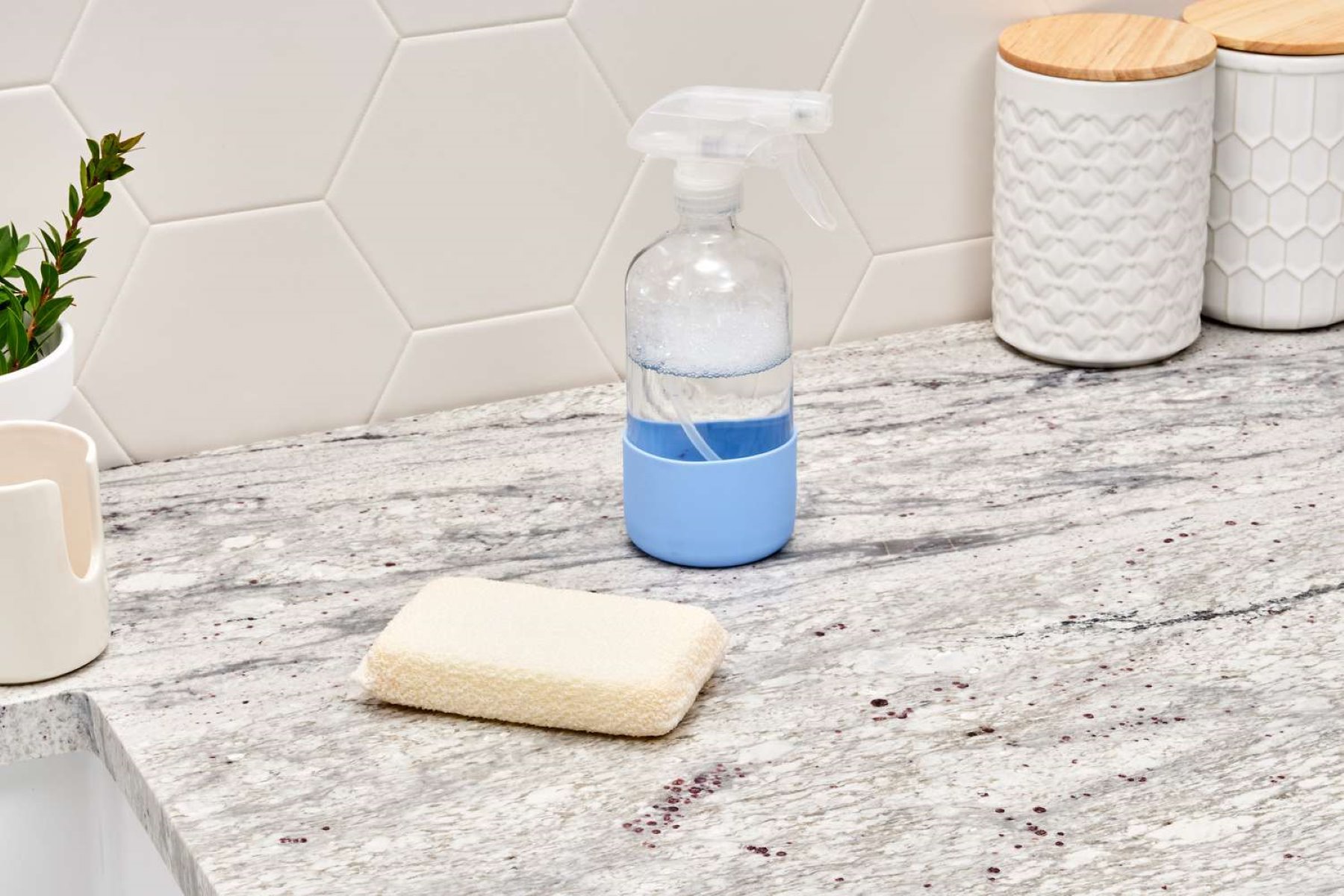
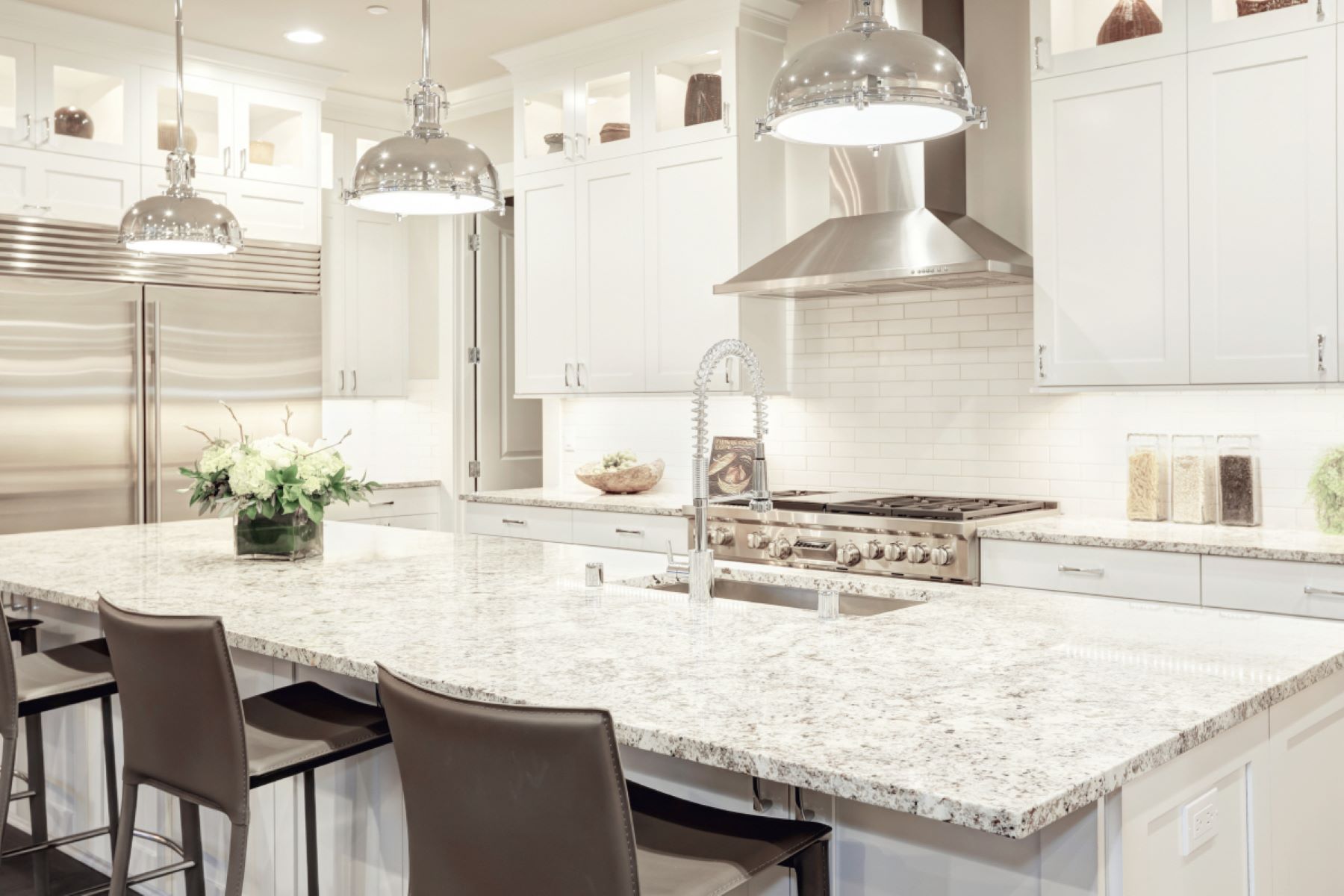
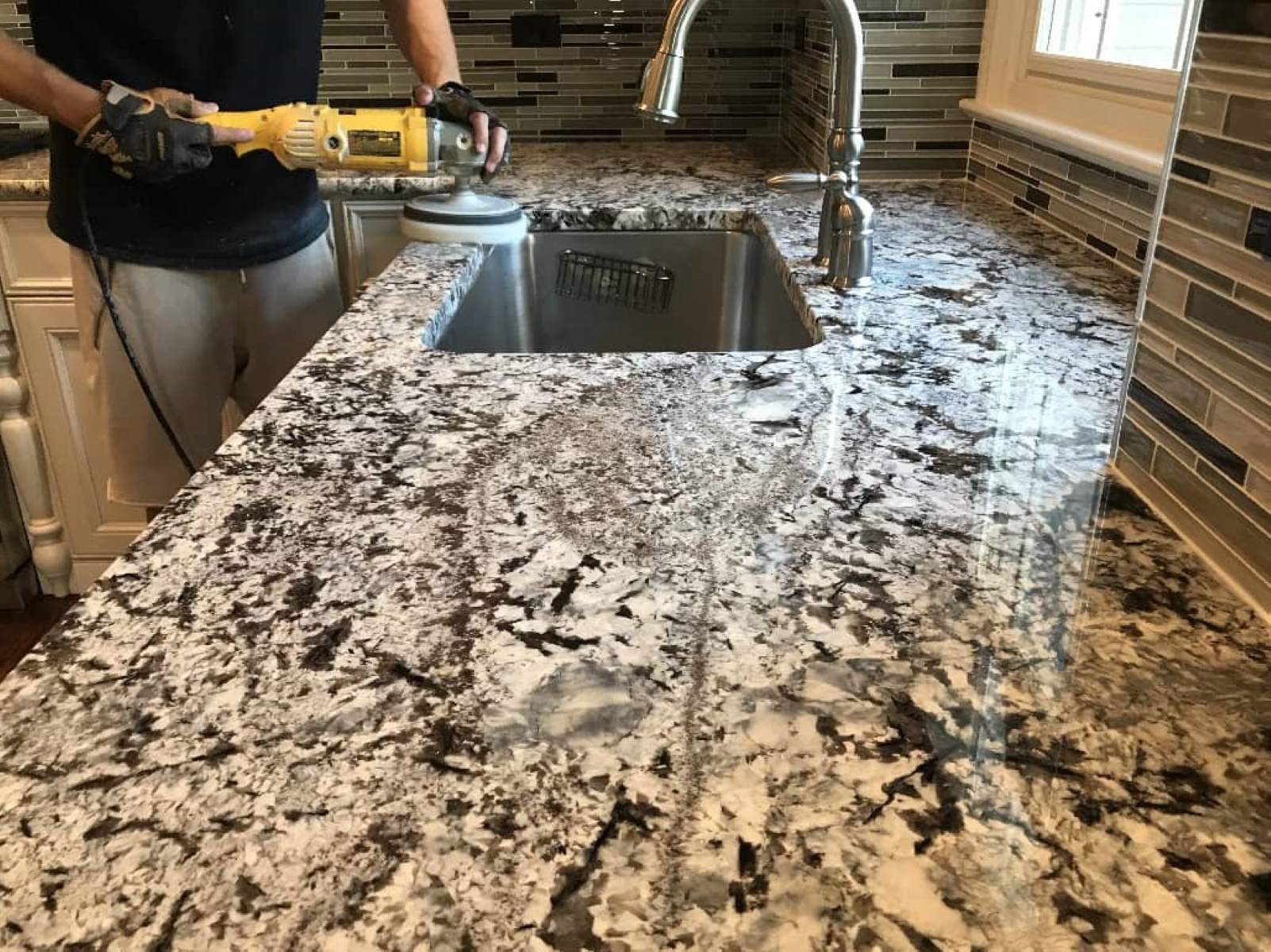
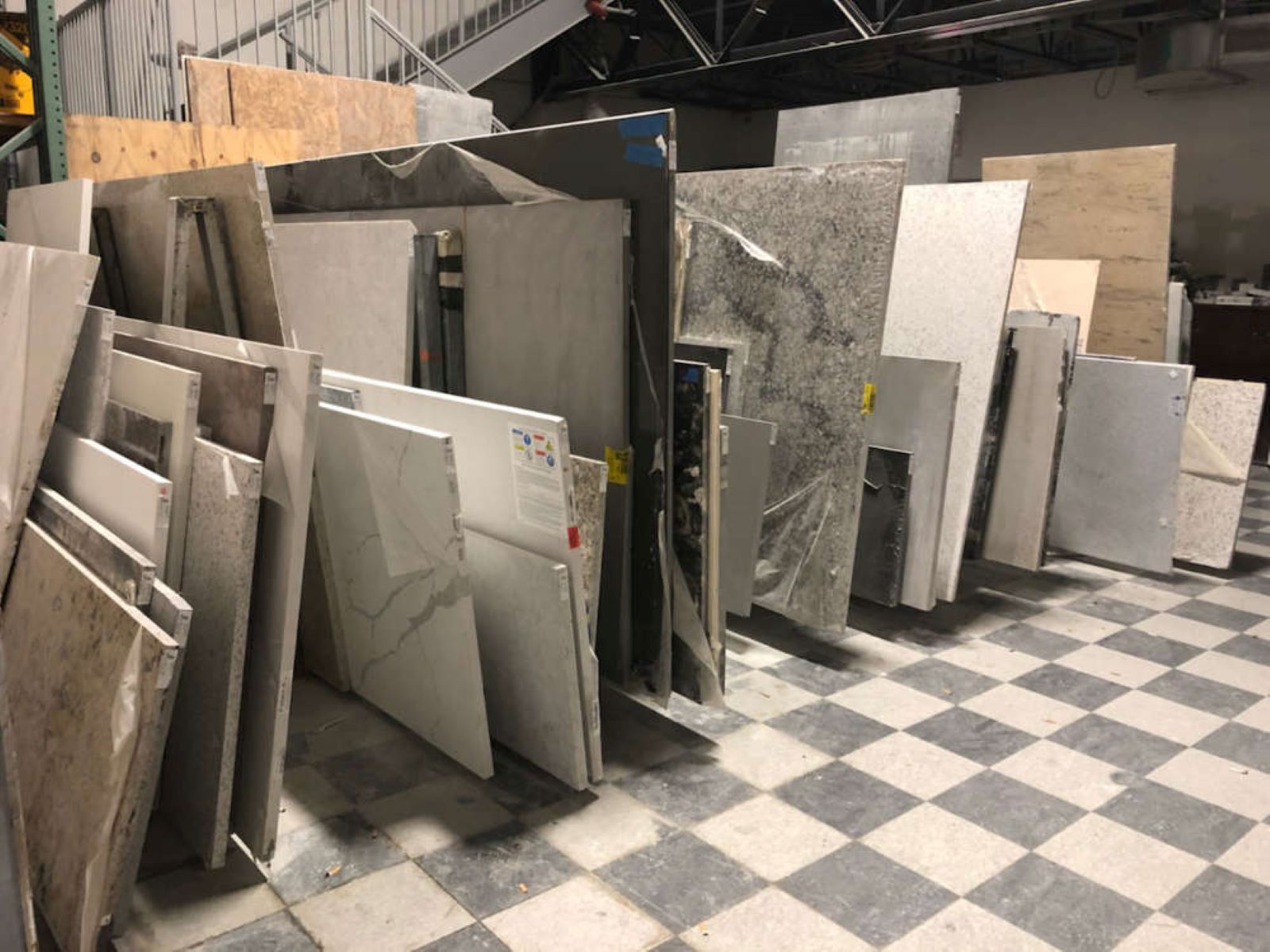
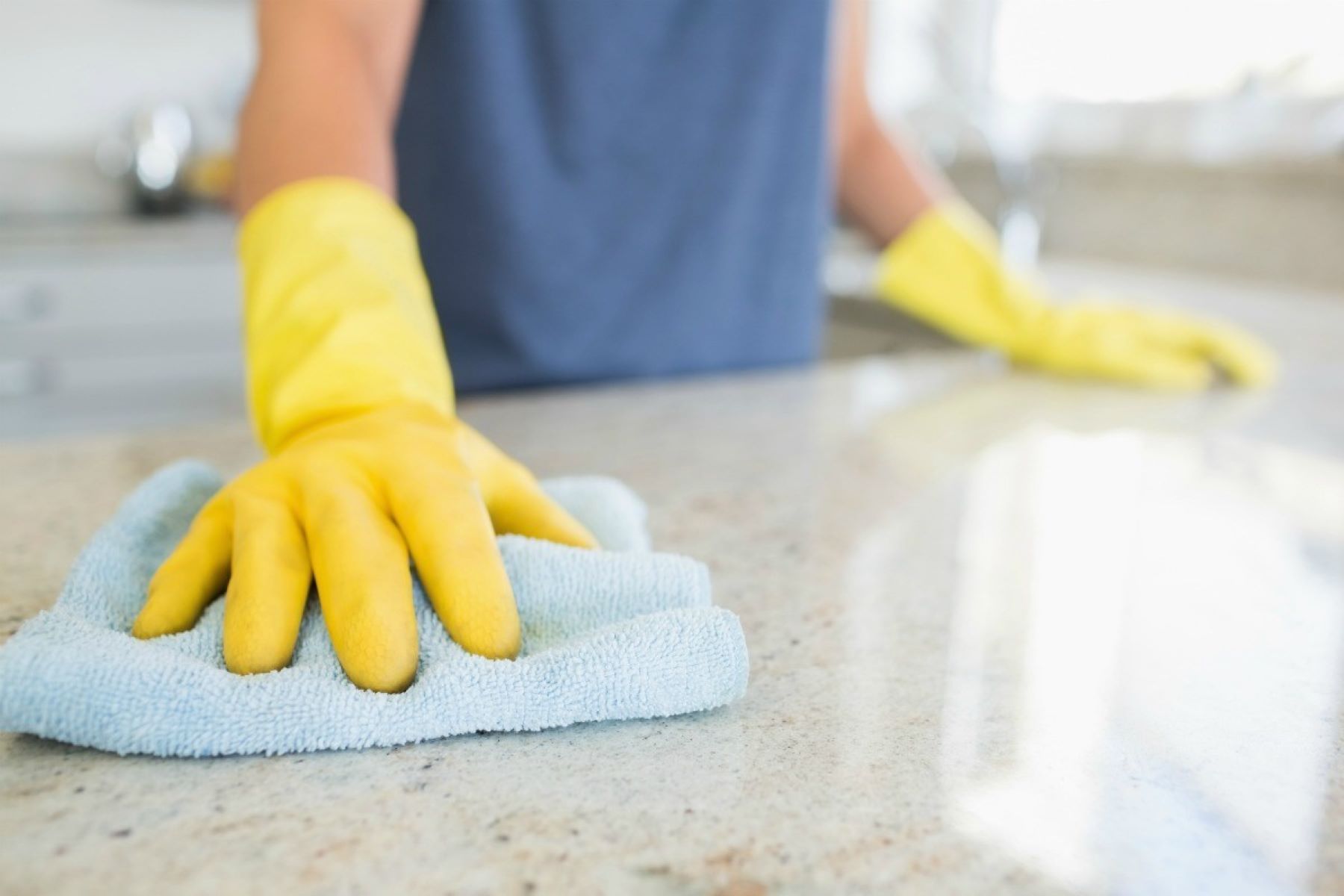
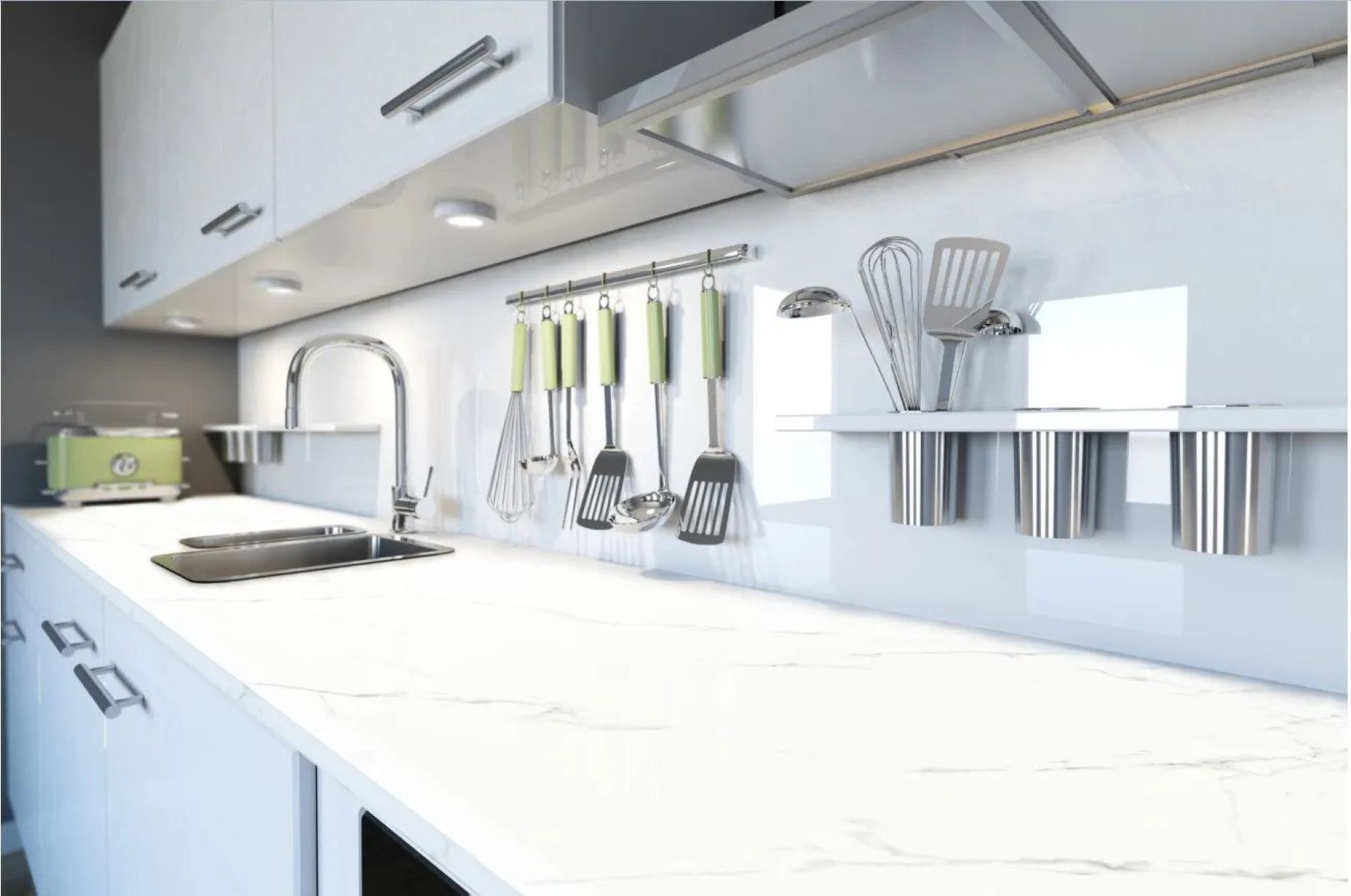
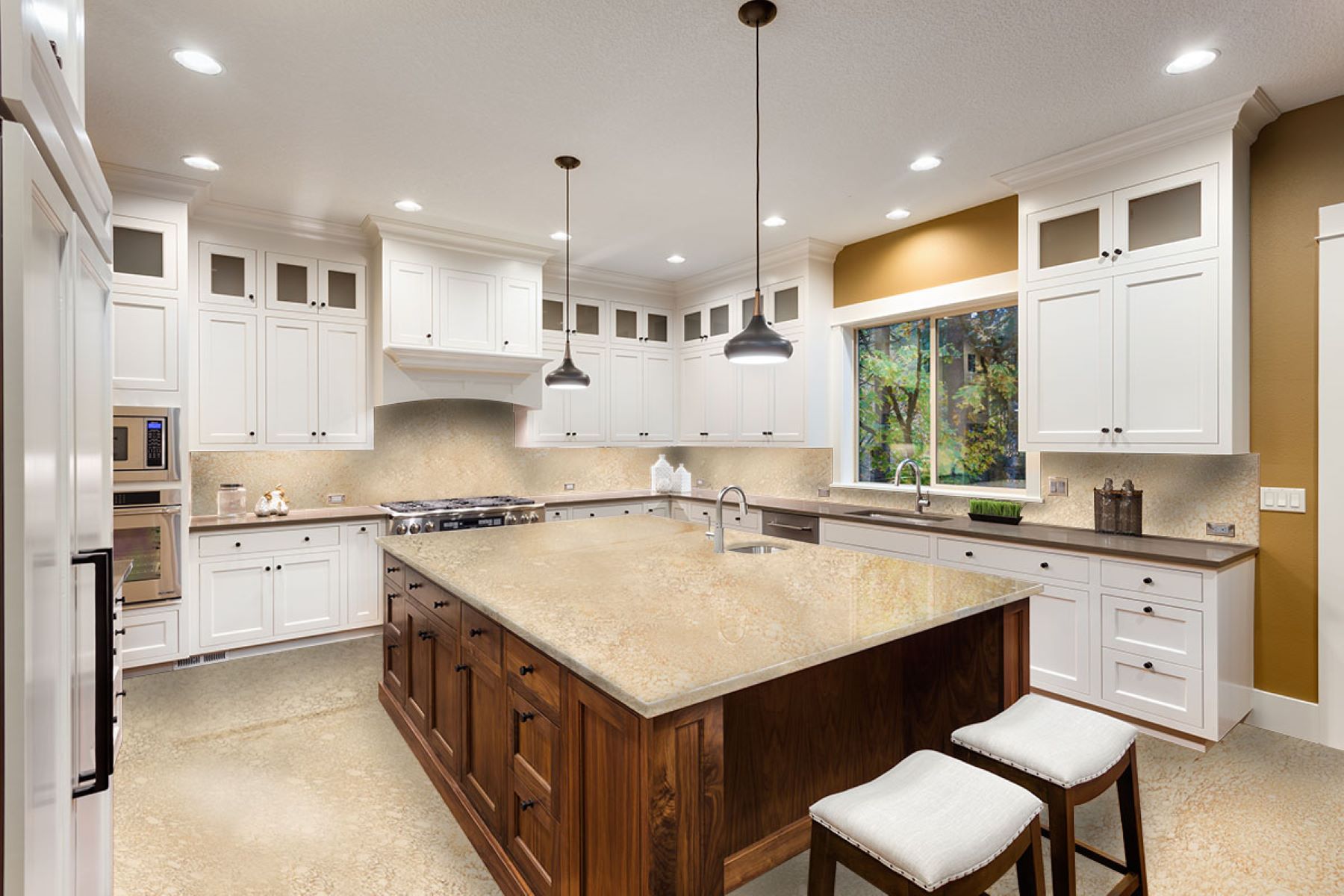
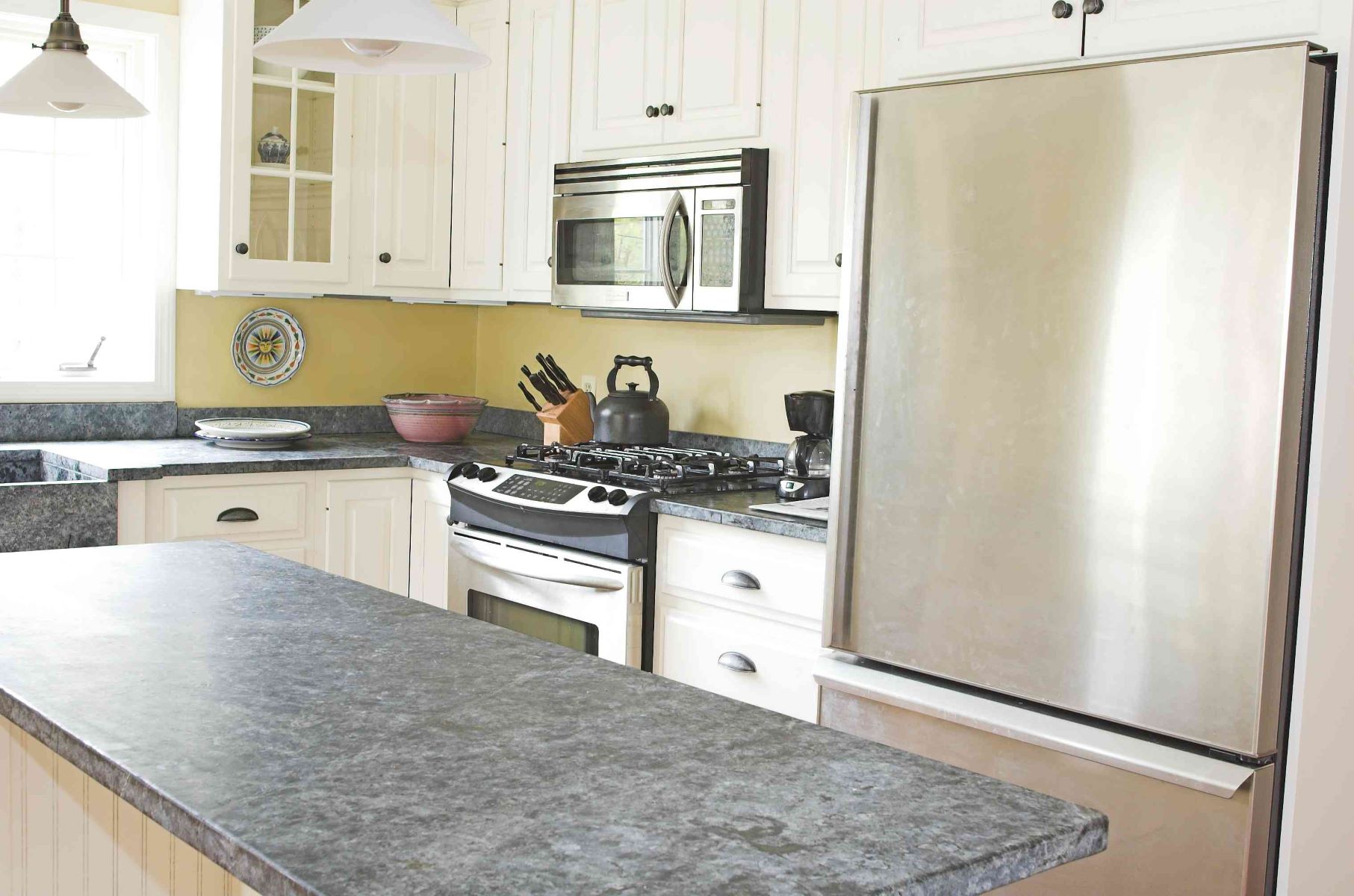
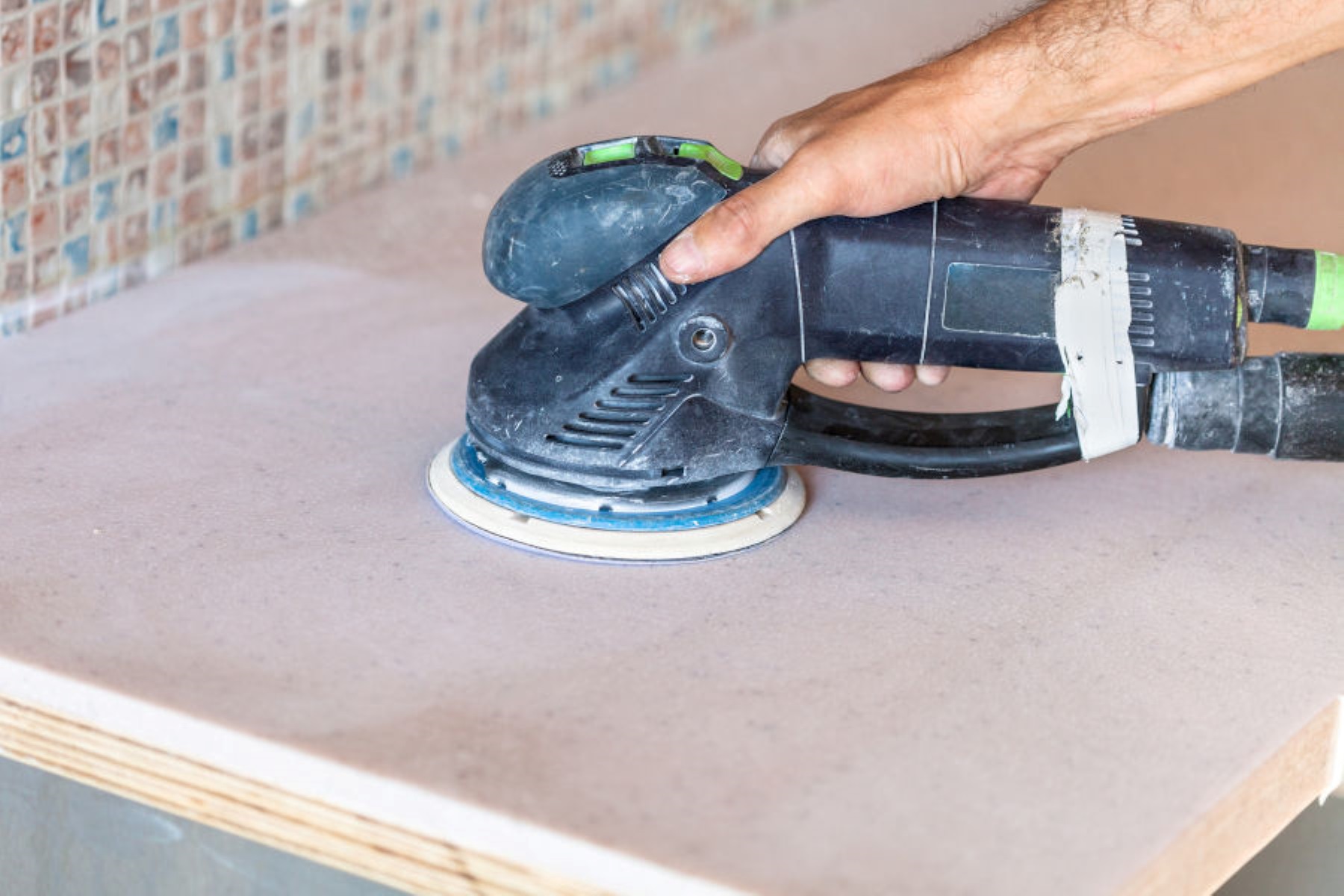
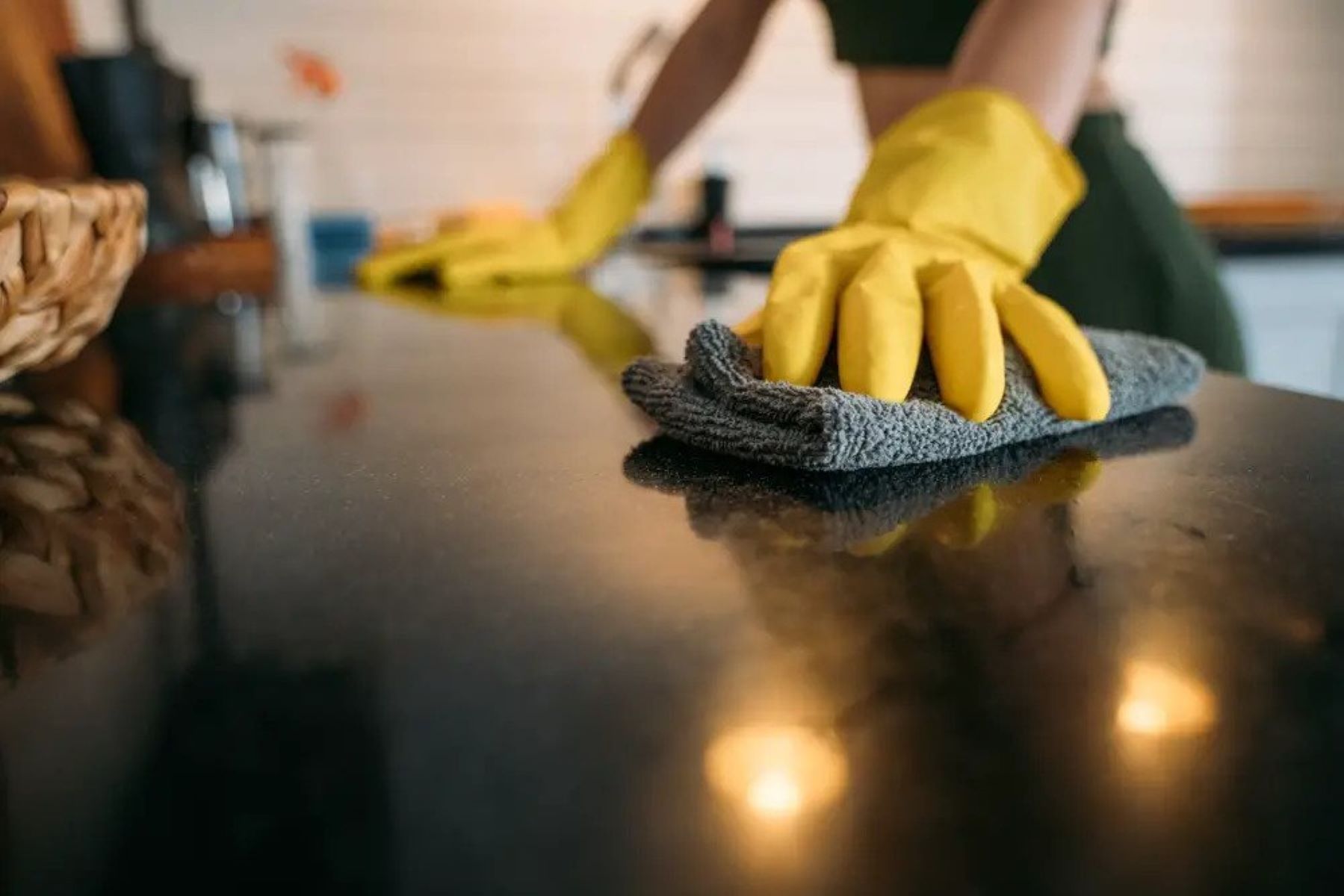
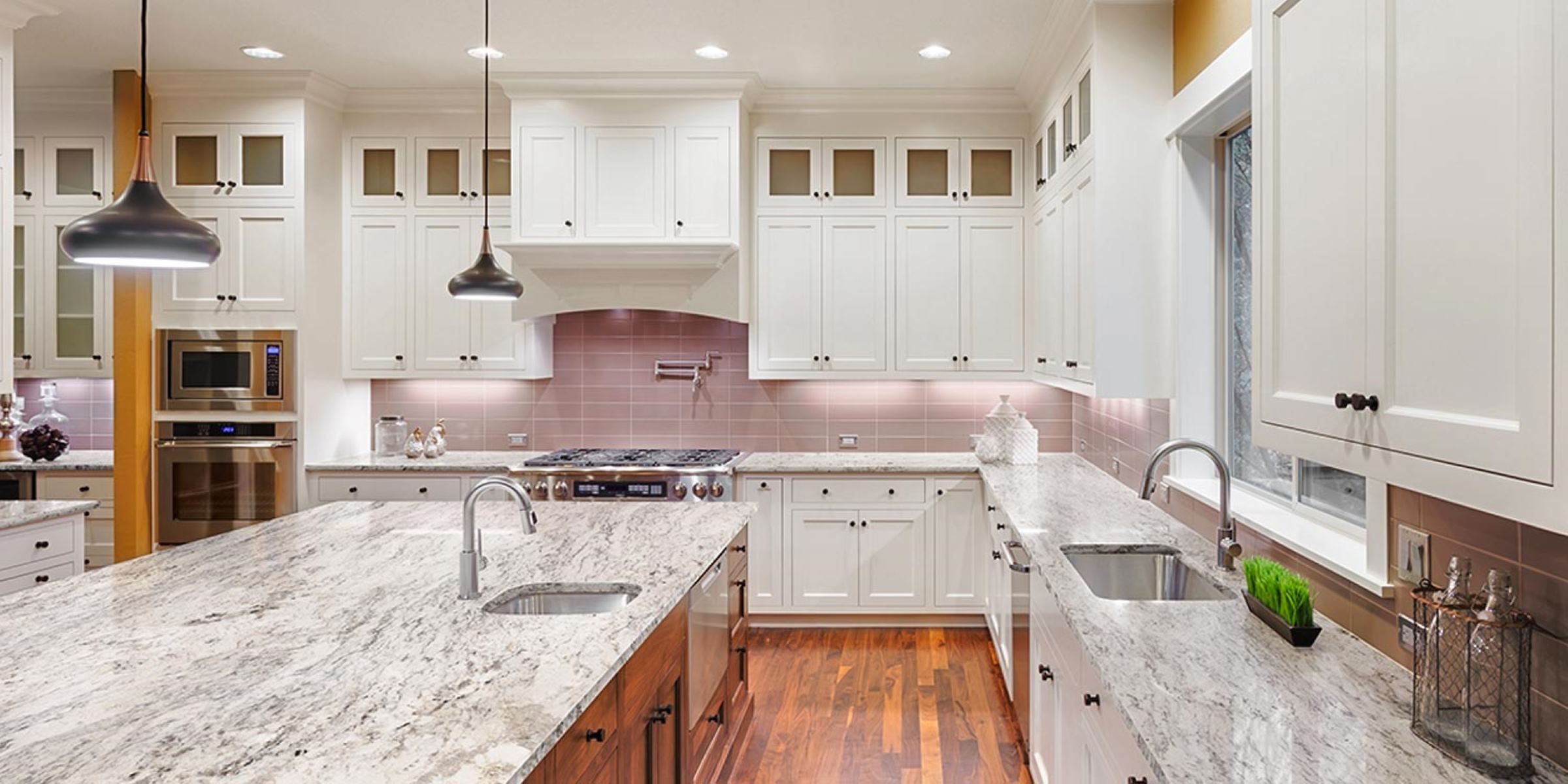

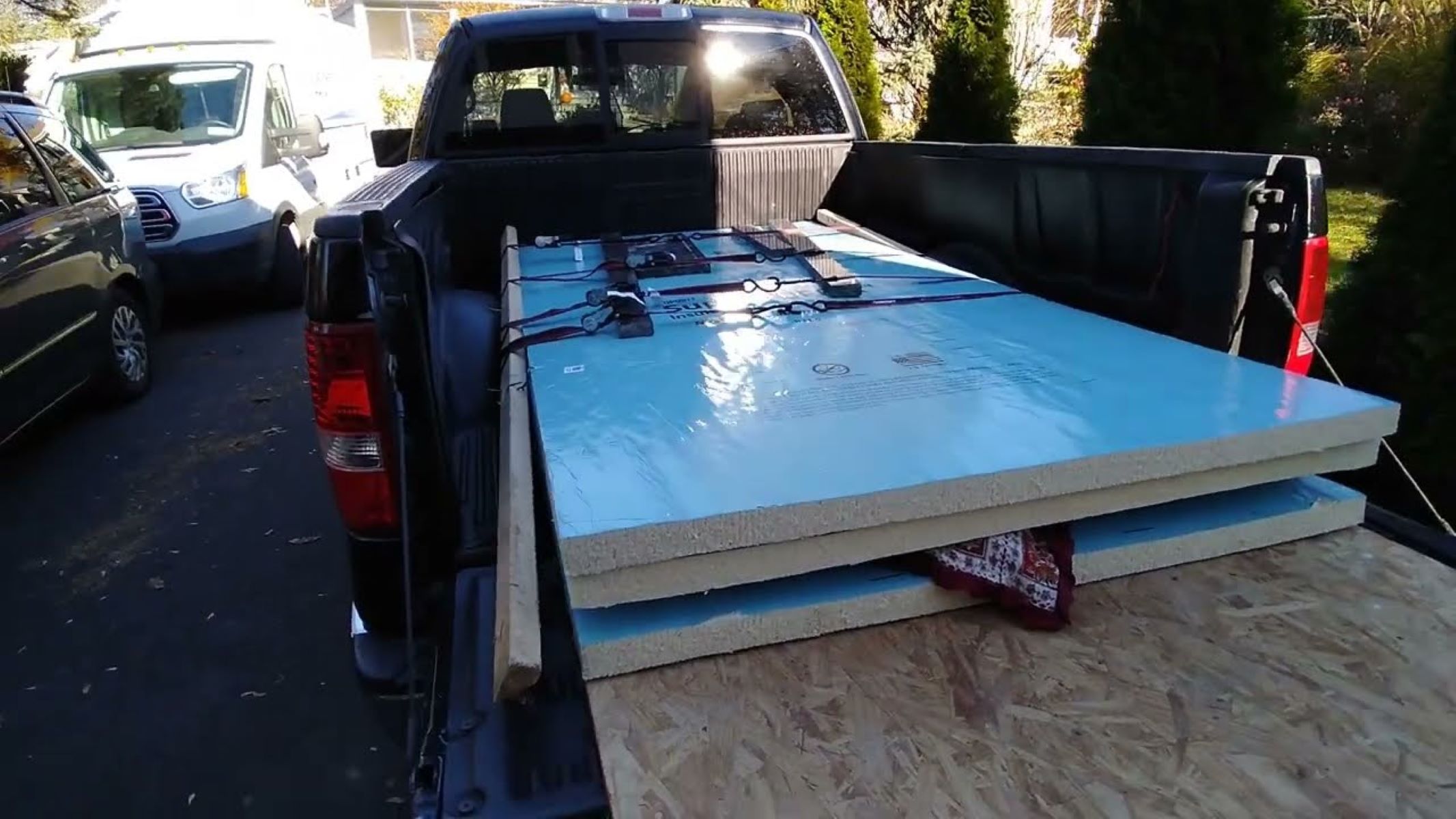

0 thoughts on “How To Polish Your Granite Countertops”